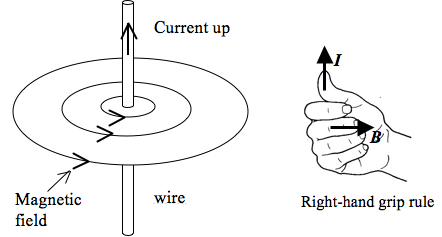With the help of a simple manual vacuum pump that is used to keep food fresh, we can demonstrate the effect of a reduced pressure on the boiling point of water. This leads students to a discussion on what it takes to boil a liquid and a deeper understanding of the kinetic model of matter.
Materials
- Vacuum food storage jar with hand-held vacuum pump
- Hot water
Procedure
- Boil some water and pour them into the jar such that it is half filled. This is necessary as hand-held vacuum pumps are not able to lower pressure enough for boiling point to drop to room temperature.
- Cover the jar with the lid and draw out some air with the vacuum pump.
Explanation
When water boils, latent heat is needed to overcome the intermolecular forces of attraction as well as to overcome atmospheric pressure. Atmospheric air molecules would prevent a significant portion of the energetic water molecules from escaping as they will collide with one another, and cause them to return beneath the liquid surface.
Removal of part of the air molecules within the jar lowers the boiling point of water because less energy is needed for molecules to escape the liquid surface.



